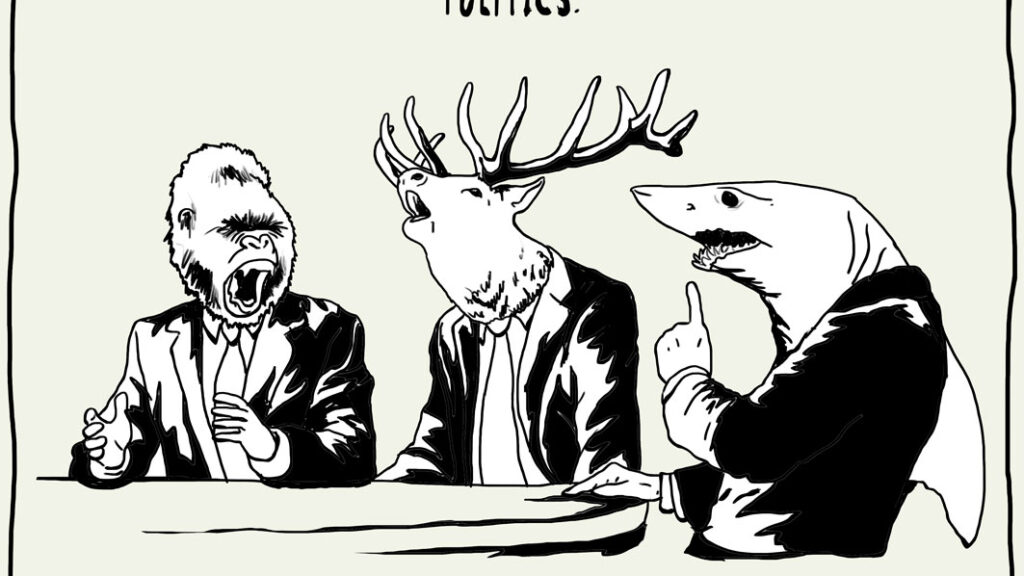Healing Depression through Factual Optimism
How do we find happiness when we are still depressed or in antidepressant withdrawal? We don’t. At least, we don’t aim for big changes. Instead, we go for getting it right 51% of the time. If we quantify happiness onto a scale that ranges from 0% happy to 100% happy, every decision we make alters our position on the scale. If we can get our life to a 51% Lifetime Happiness Average, our choices are validated by default.
The goal isn’t to reach 100%. On some days, 80% can seem like a stretch. Fifty-one percent, though, is almost always doable. And at 51%, we’re winning.
Little Changes Bring Big Results
Quantifying emotions helps us remain grounded and make decisions rooted in reality, as opposed to the reality created by the chatter in our heads.
If we have one “good” day a week, we are at 14% happiness. By making small changes to bring us to two good days, our happiness average rises to 28%. To hit 51%, we need to have average 3.6 “good” days per week.
To set ourselves up for more good days in a week, we apply the 51% theory to individual decisions.
As long as each singular decision falls at 51% or higher, it puts us closer to our overall 51% Lifetime Happiness Average.
Decisions are based not on logic, but on how they make us feel. When we are faced with a situation, take a moment and simply ask, “Where does this decision fall on the scale? How do I feel when I think about it?
If the decision feels like it will bring 51% Happiness, go with it, even in the absence of logic or practicality. If we don’t know the answer, wait and gather more information. Patience is often the difference between 49% and 51%.
The beauty of the 51% Theory is that all decisions become easy decisions. Even difficult decisions are easy decisions. They may still carry immense consequence, but once the 51% threshold is crossed, nothing else matters. At 51%, we are already ahead. Make the decision and go.
It only takes a 1% shift to create momentum that can change your life. At 49%, we’re still struggling against the current. At 51%, we’re moving with the river.
When in doubt, make a graph!
The 51% Theory is not finite. If, over too many days, a particular decision that started off at 51% or higher begins to fall, something needs to change. If a situation falls to 40% or so, that’s the time to get curious. Is the drop tied to your emotions or external logistics? Did the situation change or did you change? Is the effort involved in getting it back to 51% worth your time?
When you don’t know the answer, focus on a situation’s effect on the overall average. Since the goal is to hit 51% over the course of your life, a situation that sits around 45% for a few weeks only incrementally lowers your overall average, whereas a situation that sits at 5% for a few days can be intense enough to bring the whole average down. The lower the situation on the Happiness Scale, the higher its priority. If I have you nail in your foot, don’t focus your energy on the splinter in your finger. Even if you have 10 splinters in your finger, it’s the single nail is causing the bigger issue. But over and over again, people focus on the splinters while ignoring the giant, rusted nail in between their metatarsals.
In years of implementing factual optimism, my life has changed dramatically. I wanted to see a visual representation, so I made a graph:
This isn’t a true lifetime representation, of course. My father died in July 2001, when I was 15. Anything before that seems arbitrary since my childhood definition of “happiness” was whether or not my mom packed an Oreo in my lunchbox.
I was a typical teenager until my father passed, so I give 2001 a 35%. The “peak” in 2008 was thanks to a debauchery filled final semester of college that was quickly squashed with the reality and uncertainty of moving to Manhattan on my own. Overall, I estimated around 2.75 good days per week in 2008. I opened my bakery in 2011 but by 2013, I was lucky to get one good day per week. I implemented the 51% Theory in 2014, and by 2015, my day to day massively improved.
The Lifetime Happiness Average only tells a broad story. It’s more interesting to break down by year:
As you can see, 2016 was an emotional mess. In February, I made a decision based on the 51% Theory to leave my life in New York City travel around the world. Because one life altering decision apparently wasn’t enough, I also decided to get off the cocktail of anti-depressants and anti-anxiety pills that I’d been taking since my father passed away. Both of these decisions barely squeaked in at 51%, and I ended up creating a perfect storm of logistical and emotional hell that was extremely painful and even more expensive.
Even though the immediate consequences of these two 51% decisions created five of the worst months of my entire life, the after effects are proving to be worth as high as 86%. That’s six good days per week — the highest I’ve ever averaged.
In the depths of those five months, I reminded myself (and was reminded by others) that I made those decisions because of that 1%. Even though 49% and 51% feels similar in the moment, that 1% is the tipping point that creates momentum for positive change. At 49%, you’re still struggling against the current. At 51%, you’re moving with the river. And at the end of our life, however many days away, we can look back and say to ourselves, “It was all worth it. Fifty-one percent of the time, everything was beautiful.”
After 15 years of depression and antidepressants, my mission is to help people find hope in the name of healing. My memoir on the subject, MAY CAUSE SIDE EFFECTS, publishes on September 6, 2022. Pre-order it on Barnes & Nobles, Amazon, or wherever books are sold. For the most up-to-date announcements, subscribe to my newsletter HAPPINESS IS A SKILL.
January 3, 2023
On Living and Breathing Grief
read the article

October 28, 2022
The struggle to kill the serotonin theory of depression in a world of political nonsense
read the article

October 21, 2022
Last Times
read the article

October 14, 2022
Newborn Babies Go Through Antidepressant Withdrawal
read the article

























